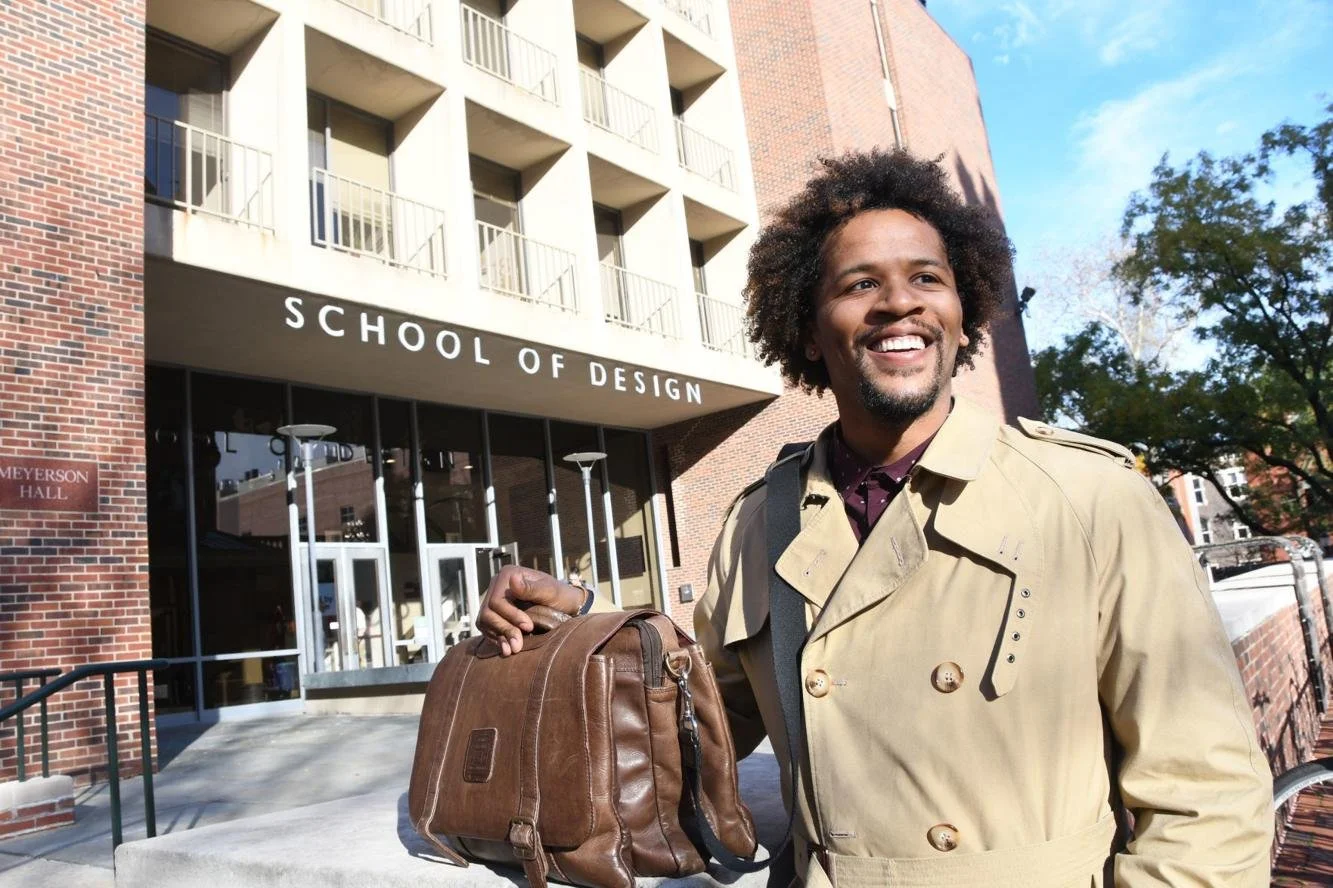In a Bloomberg CityLab article for their Justice column, I was quoted discussing the historical context and implications of the Capitol Hill Occupied Protest (CHOP) zone in Seattle. The journalist connected the protest zone to historical precedents, and I offered a comparison to Resurrection City, the 1968 encampment on the National Mall that was part of Martin Luther King Jr.’s Poor People’s Campaign. I noted that, “Like the Resurrection City tradition, CHOP City radically gestured toward a more communal way of life in direct protest to the surrendered police state upon which it is being constructed.”
I highlighted the innovative approach of the CHOP/CHAZ organizers, who employed a “more tactical, temporary, & transgressive ‘placetaking’ method” compared to historical movements. However, from my research perspective, which focuses on Black urbanism, I observed that the Capitol Hill protest, despite beginning as a protest for Black lives, falls short of the criteria for Black urbanism. I pointed out that “Black urbanism requires three elements — civics, stories, and space — to produce Black belongingness,” and I expressed concern about “whose spatial imaginary is being listened to” in the context of the Capitol Hill protests.






